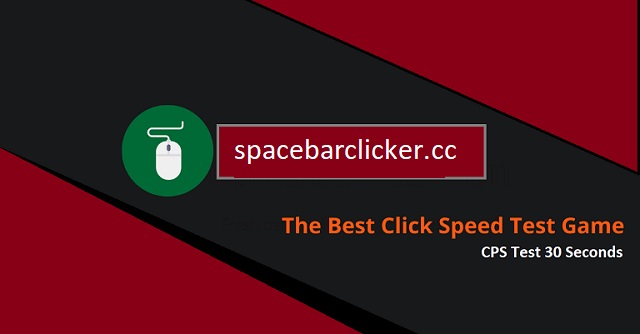To discuss how fast you can click in 30 seconds and then explore this in the context of explanation, we’ll approach the topic from a few angles, including human clicking capabilities, factors affecting clicking speed, and the significance of such an activity.
Human Clicking Capabilities
Humans can click at various speeds depending on several factors like reaction time, endurance, and method of clicking (regular clicking, jitter clicking, etc.). On average, a person can click between 5 to 10 times per second using the regular clicking method. Techniques like jitter clicking or butterfly clicking can increase this speed, sometimes reaching up to 15-20 clicks per second for short durations. However, maintaining a high click rate over 30 seconds can be challenging due to physical limitations and fatigue.

Calculating Clicks in 30 Seconds
At an average speed of 5-10 clicks per second, in 30 seconds, you might achieve:
- Lower end: 5 clicks/second * 30 seconds = 150 clicks
- Higher end: 10 clicks/second * 30 seconds = 300 clicks
Using more advanced techniques might push this boundary slightly higher, but for most people, reaching beyond 300 clicks in 30 seconds without specialized training or techniques is challenging.
Factors Affecting Clicking Speed
Several factors can influence how fast you can click:
- Physical Condition: Finger and wrist strength, along with overall endurance, play significant roles in how fast and how long you can maintain your clicking speed.
- Equipment: The type of mouse used can also affect clicking speed. Some mice are designed for rapid clicking and have lower actuation forces, making it easier to click faster.
- Technique: Techniques like jitter clicking or butterfly clicking can increase click speed but might not be sustainable for long periods due to the strain they put on muscles.
- Practice: Like any physical activity, more practice can lead to better performance. Regularly practicing clicking can increase both speed and endurance over time.
The Significance of Clicking Speed
The significance of clicking speed varies depending on the context. In competitive gaming, particularly in games that require rapid clicking like certain strategy or multiplayer online battle arena (MOBA) games, higher clicking speeds can give a competitive edge. It can mean reacting faster than an opponent or executing commands more quickly.
Conclusion
While it’s intriguing to push the limits of how fast one can click in 30 seconds, it’s important to consider the practicality and physical toll of such activities. For most practical purposes, including gaming, a balance between speed, accuracy, and endurance is more beneficial than simply achieving the highest possible click rate.
This exploration covers the basics of what affects clicking speed, how it can be measured, and its relevance. Whether for competitive gaming, curiosity, or improving computer interaction efficiency, understanding and occasionally testing your clicking speed can be an interesting and somewhat useful endeavor.
